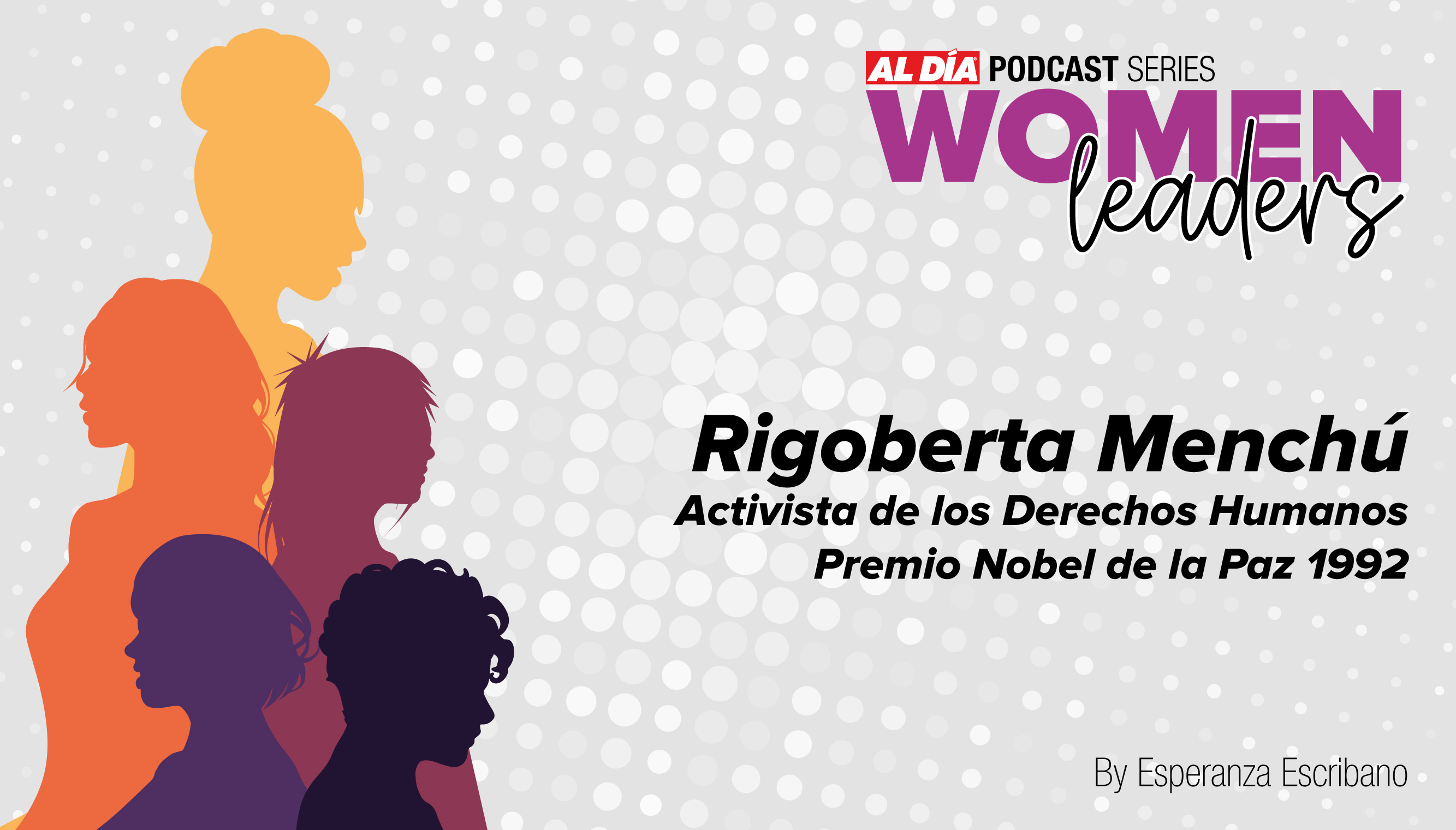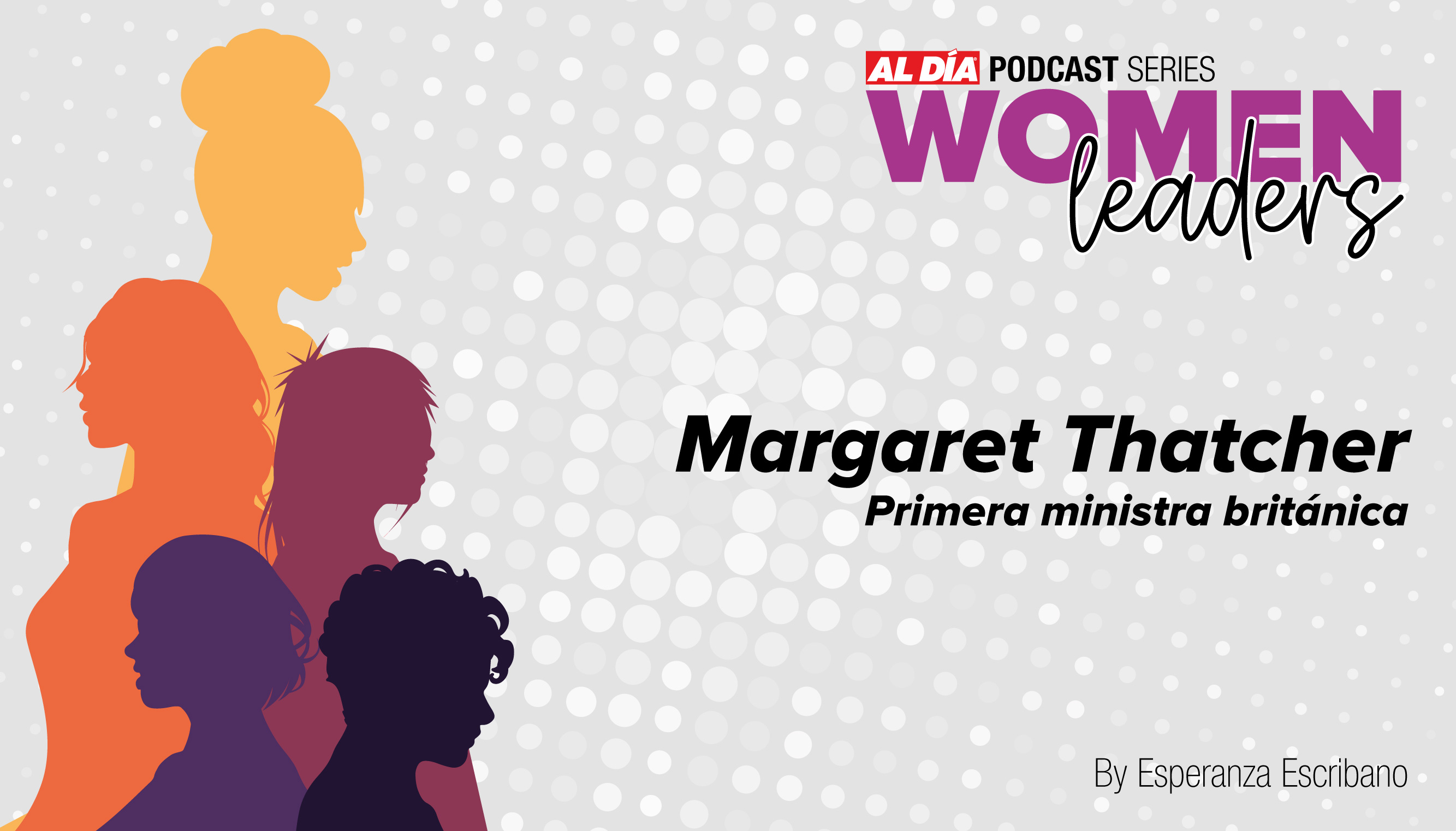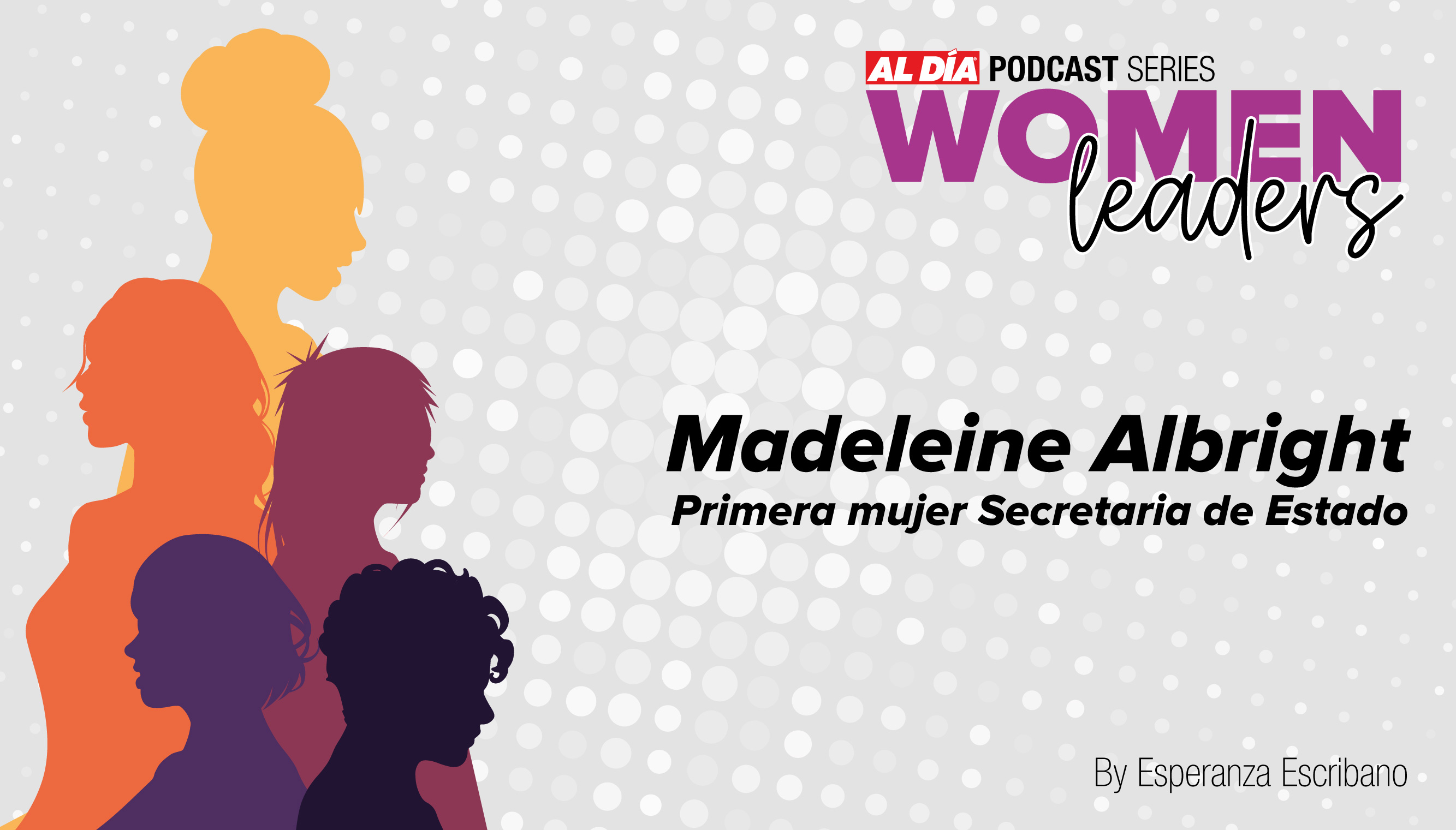
The ‘superpowers’ of Miguel Cardona
For U.S. Secretary of Education Miguel Cardona, his Puerto Rican background is more alive than ever.
In 1992, Miguel Cardona was in high school at Wilcox Technical School, in Connecticut, and dreamed of building a career as an artist and illustrator. He was so good and dedicated that the Record-Journal newspaper in Meriden did a two-page interview to review the mural he was working on in support of racial and cultural diversity and migration. For the background of the piece, Miguel painted the flag of the United States. Above the flag, he outlined a group of people of Asian, African American, Arab, American and Latino backgrounds. Above the painting, he added a slogan that reads: “In America, there is Only One Race…The Human Race."
Journalist Orla Swift was in charge of the interview. What she did not imagine was that, 30 years later, this young man with artistic aspirations and the soul of an activist would become the third Latino to be elected U.S. Secretary of Education. “I remembered writing about him as soon as I heard the news about his new position. So much fun to see this article again after so many years!”, said Swift, now Director of Communications at Duke University.

Unlike Lauro Cavazos (1980) and John King Jr. (2016), former Latino Secretaries at the Department of Education, Cardona is the first one who learned English at school, what they call an English Language Learner (ELL). At Miguel’s home in Meriden, the city where he was born in 1975, only Spanish was spoken. According to him, everything in his upbringing was about the culture and customs of Puerto Rico, where his parents are from. Like Cardona, one in ten students from Kindergarten to high school learn English. Among 8 year old children and younger, the proportion exceeds 30 %.
Cardona’s parents were born and spent half their lives in Aguada, a municipality in northeastern Puerto Rico. As soon as his father, Mr. Hector Manuel Cardona, migrated to Meriden with Miguel’s mother, Mrs. Sarah Rosa Cardona, he began working as a city police officer while they lived in public housing.

“I grew up very, very bicultural. That biculturalism and bilingualism, in many ways, is a superpower that allowed me to get to where I am. I never forgot my culture, I never forgot my original language. And, till today, that is one of the things I am proudest of, the fact that I have been able to stay connected to my Puerto Rican roots”, the Secretary told AL DÍA in an exclusive interview.
Upon graduating from high school, Cardona became the first generation in his family to be admitted to college. To remember this moment, the Secretary recently shared on Twitter a photo of himself from his graduation day at Central Connecticut State University. Between his cap and gown, his smile is what stands out the most, almost yelling “I did it!”.
“That graduation symbolized three generations of sacrifice and hard work to live the American dream. And now, working as Secretary of Education proves that a strong family, committed to Latino values and the education of their children can get you to the Secretary of Education and, someday in the near future, hopefully, to the Presidency of the United States”, he continued.
But Cardona did not stop there. As soon as he completed his bachelor's degree, he pursued a master's degree in Bilingual/Bicultural Education and a doctorate in Education at the University of Connecticut. From academy, he jumped into the professional world as a fourth grade teacher at the Israel Putnam School in Meriden. His first classroom was room 160, decorated with red stars and a positive message on the board that reads “Let the Journey Begin”. He dedicated himself to teaching for 20 years and served as a school principal, where he had the opportunity to lead a special program for 3 to 5-year-old bilingual students and students with sensory needs.
Prior to his service as the 12th Secretary of Education, Cardona worked as Commissioner of Education in Connecticut, a position he held after being appointed by Governor Ned Lamont in August 2019. Under his supervision, the first national requirement for high schools to offer courses related to Afro American and Latino communities was established.

His credentials and experience with the Latino and Hispanic population place him as one of the most prepared Secretaries of Education to lead such a department focused on bilingual education.
Integrating Latinos in Higher Education
There is currently a significant increase in the number of Latinos in the United States. According to recent research, if Latinos were an independent nation, they would occupy the eighth largest economy in the world, with a GDP greater than countries like Brazil, Italy or South Korea.
The educational level of Latinos also grew 2.5 times faster than non-Latinos. To be precise, 20 % of Latinos are college students. However, this percentage could be higher if it were not for the high costs that must be paid to get a quality education and gain access to the best universities in the country. According to Cardona, 6.7 million students are low or middle-income.
“College has become unaffordable for too many people, including Latinos. I remember a conversation I had with a Dominican family who had an extremely intelligent child, and I know this because I was his elementary school principal. The boy’s father said to me: ‘My son is not going to go to college because It’s too expensive'. And that stuck with me. That’s when I told myself that that was unacceptable and that we had to do better”, Cardona said.
To counter the situation, Biden-Harris Administration prepared a FY budget request for 2023 to secure the required funding for doubling the Pell grant and getting increased federal aid to benefit Latino students and Hispanic-serving institutions.
RELATED CONTENT
In the request, the Department advocates the historic budget increase to create strategies to improve student retention rates and enhance services to students and families to help them pay for college.
The budget also promotes academic success by providing resources to support the students’ basic needs, including a 30-million-dollar increase for institutions that provide affordable child care for low-income parents who are students.
The request includes significant increases for the Federal TRIO and Gaining Early Awareness and Readiness for Undergraduate Programs (GEAR UP) to expand services that promote access to and completion of postsecondary education for people who do not have access.
The budget would also enhance the institutional capacity of Historically Black Colleges and Universities (HBCUs), Tribal Colleges and Universities (TCCUs), Minority Serving Institutions Program (MSI), and low-income institutions, including community colleges, by providing a 703-million-dollar increase over the 2022 enacted level. This funding includes a 450-million-dollar initiative to expand research and development infrastructure for the four-year HBCUs, TCCUs and MSIs.
Latinos have tremendous gifts, talents and assets that they give back to their community across the country. So giving them access to higher education in a broadest way is what President Biden and the entire team are focusing on. The Department of Education is also working hard to increase the number of Latinos in college.
What would you recommend Latinos to get into college?
“To all those Latinos, I tell them to find something they are passionate about, and make it your life’s work. And if there is a college program that is connected to that and can help you reach more people, do it. Don’t be afraid, even if you’re the first-generation college student in your family. If I weren’t doing what I'm asking you to do, I wouldn’t have been Secretary of Education and I wouldn’t be advising the President of the United States today”, Cardona advised.
Although his aspiration as an artist and illustrator remained in his high school years, the motto “In America, there is Only One Race... The Human Race” prevails in him as a creed and in each of his professional facets.
*This is the first publication by the Journalism Lab on Higher Education, a LAB focused on highlighting the historic increase of Latinos on higher education.
![]()











LEAVE A COMMENT: